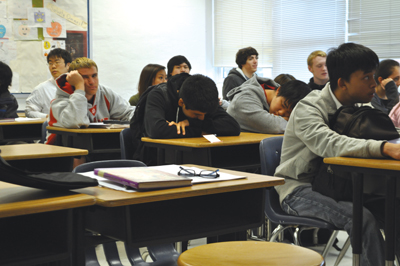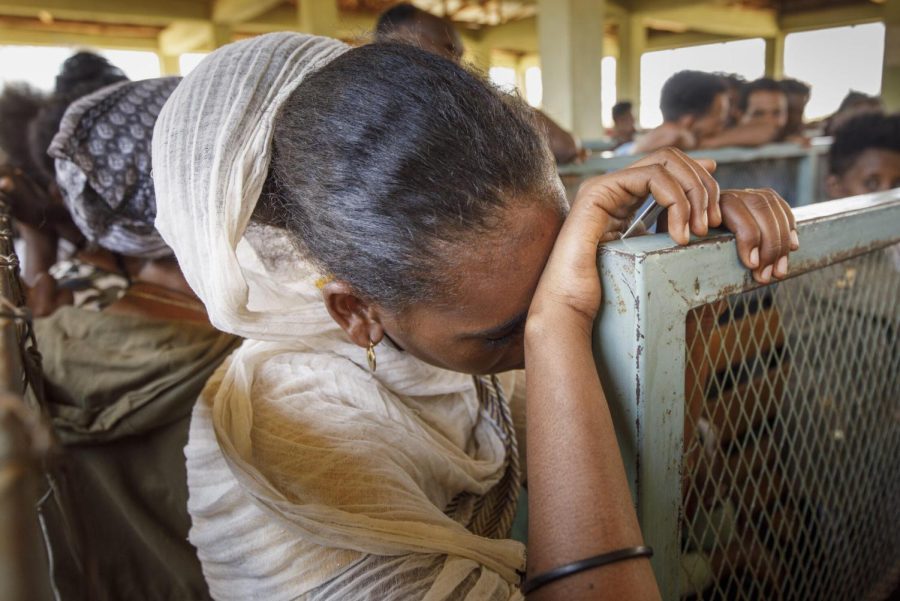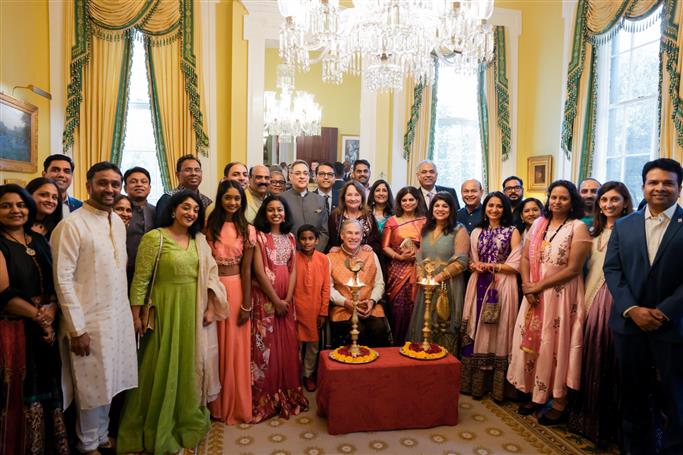Being thought of as the “land of opportunity”, America has been known as a diverse melting pot made up of immigrants from around the world. One of the main reasons for the migration is education, because the U.S is filled with some of the best colleges and universities in the world. Many believe that America is filled with hardworking parents who are looking for the best for their children and their future. As recent studies and test results show, America’s education seems to be slowly slipping and what some experts are saying is in need of a dire fix up. But what makes these other countries rank so high in education?
One major difference is the way teachers are treated. According to USA Today, in Finland, teaching is a career of great importance and its prestige is equivalent to a doctor’s. All teachers, no matter what grade level, hold masters degrees. The Organization for Economic Cooperation and Development (OECD) reported that an experienced high school teacher in Finland makes over 25 percent more than an American teacher. In China, respect for teachers is higher than in America. In fact, according to a study by the University of Michigan, teachers not only have their own national holiday every September 29th, but they do not pay any taxes on their salary.
Although teaching styles and concepts vary throughout the top countries in education, they show positive results.
“In foreign schools they have stricter rules. The teachers have more control over their students which helps prevents students from being distracted by many other things,” Sophomore Rizwana Noor said.
South Korea, which is considered to be the smartest country in the world by the OECD’s worldwide ranking, carries out a strict educational system. The Times reports that the South Korean method is based around an aggressive societal pressure by those around them, and most specifically their parents, who enforce an endless studying schedule.
“Foreign parents are really strict on grades, way more than parents here.” Sophomore Aysha Ghaffar said.
With an eight hour school day, it’s typical for a Korean student to head straight into private tutoring and school work review. University education is a must, and is a common goal that’s wanted to be reached. While the U.S’ dropout rate is more than 1.2 million students a year – nearly a quarter of all students, South Korea has a 93% graduate rate from high school. Even lunch is put into consideration, since a law was just recently created ensuring that the government would supply the $380 million budget to provide free lunch to all of its 850, 000 elementary and middle school students.
In Finland, which is ranked the number two country in education, their approach to education is a laid back philosophy. The idea is that those who seem to struggle in one area can make up for it in another, everyone has something to contribute and no child is left behind (Sound familiar?). According to U.S.A. Today, schools are taught to be a place of learning, trust and relaxation. All children take off their shoes before entering school to enforce the idea of comfort. Unlike in the U.S, a typical Finnish school has two or sometimes three teachers, which in most cases follow students until they’re sixteen, and only then can the child decide to go to secondary school where they can switch teachers. Finnish schools don’t have honors classes, instead they have students kept in the same classroom regardless of their struggle in a particular subject. A similar tactic is used in China, which holds the world’s smartest city, Shanghai, according to the OECD’s Program for International Student Assessment otherwise known as PISA.
With two completely different teaching techniques, and school systems, South Korea and Finland still dominate education. Many believe that the U.S should start taking note of these successful tactics. In a couple years from now we may see barefoot American students sitting in the cafeteria, eating their free lunch smiling gleefully since they’ve regained the number one spot their parents worked so hard for them to get.
Written by Omnia Saed, International Editor








